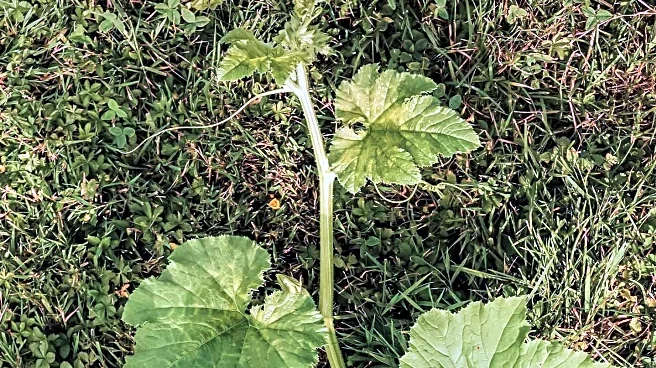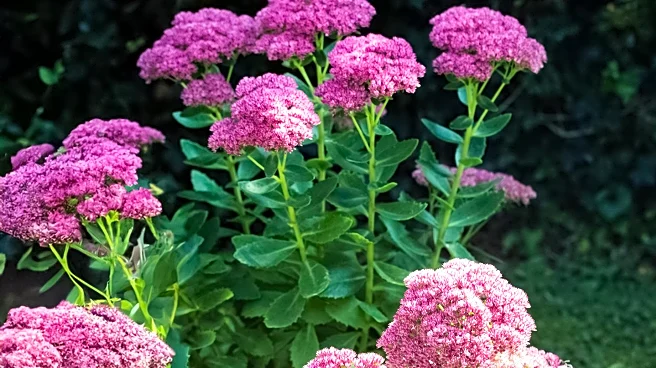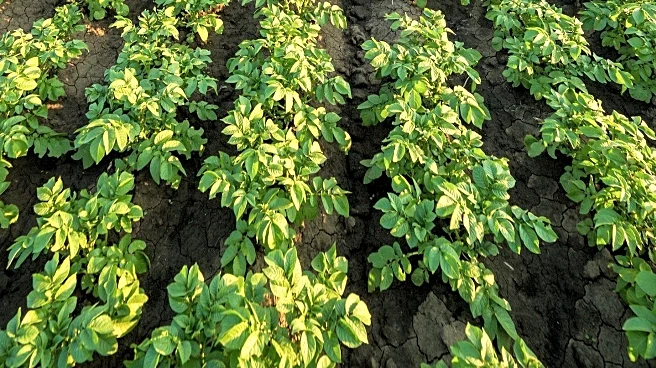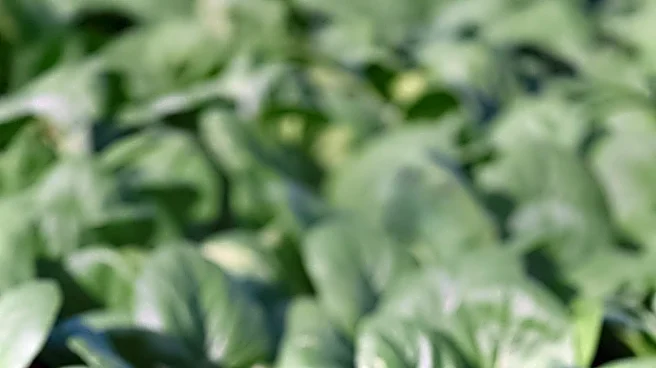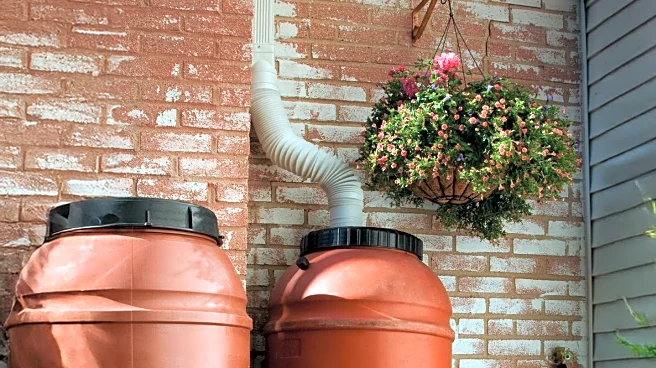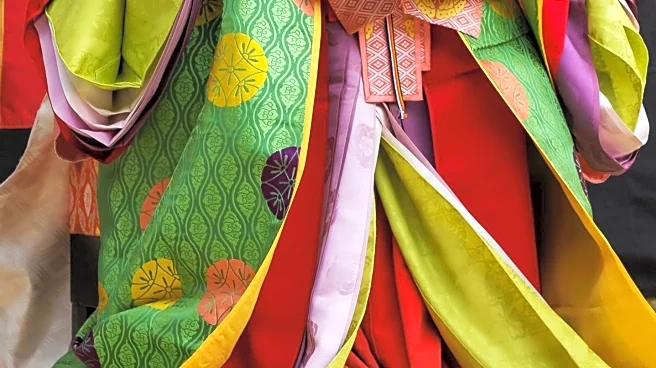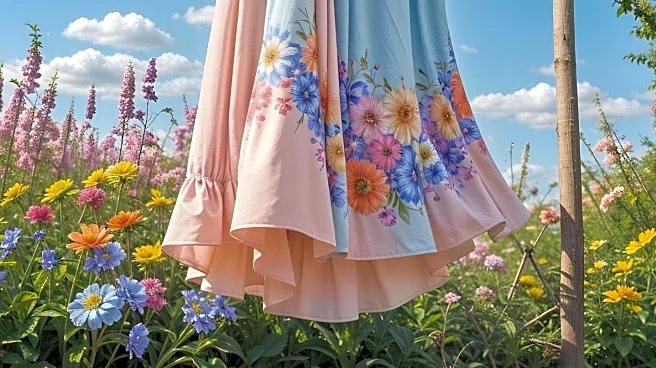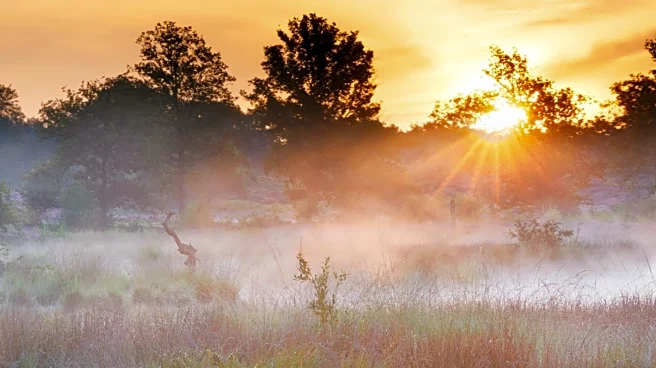What's Happening?
Experts are highlighting the fall season as the optimal time for planting native perennials. According to Sarah Sutton, owner of Spicebush Swallowtail Native Plants and Garden Design, fall planting allows plants to focus on root growth, ensuring they are well-established by spring. This period also offers reduced weed pressure and requires less watering due to increased moisture. Sutton emphasizes the importance of strategic planting to ensure continuous blooms throughout the growing season, benefiting pollinators such as bees and butterflies. Native plants like white trillium, columbine, and goldenrod are recommended for their ecological benefits and ability to support local wildlife.
Why It's Important?
Planting native perennials in the fall can significantly enhance biodiversity and support local ecosystems. These plants provide essential resources for pollinators, which are crucial for maintaining healthy ecosystems and agricultural productivity. By choosing native species, gardeners contribute to the preservation of local flora and fauna, promoting ecological balance. This practice also aligns with sustainable gardening principles, reducing the need for chemical inputs and irrigation. As awareness of environmental issues grows, such initiatives can play a vital role in fostering community engagement and environmental stewardship.
